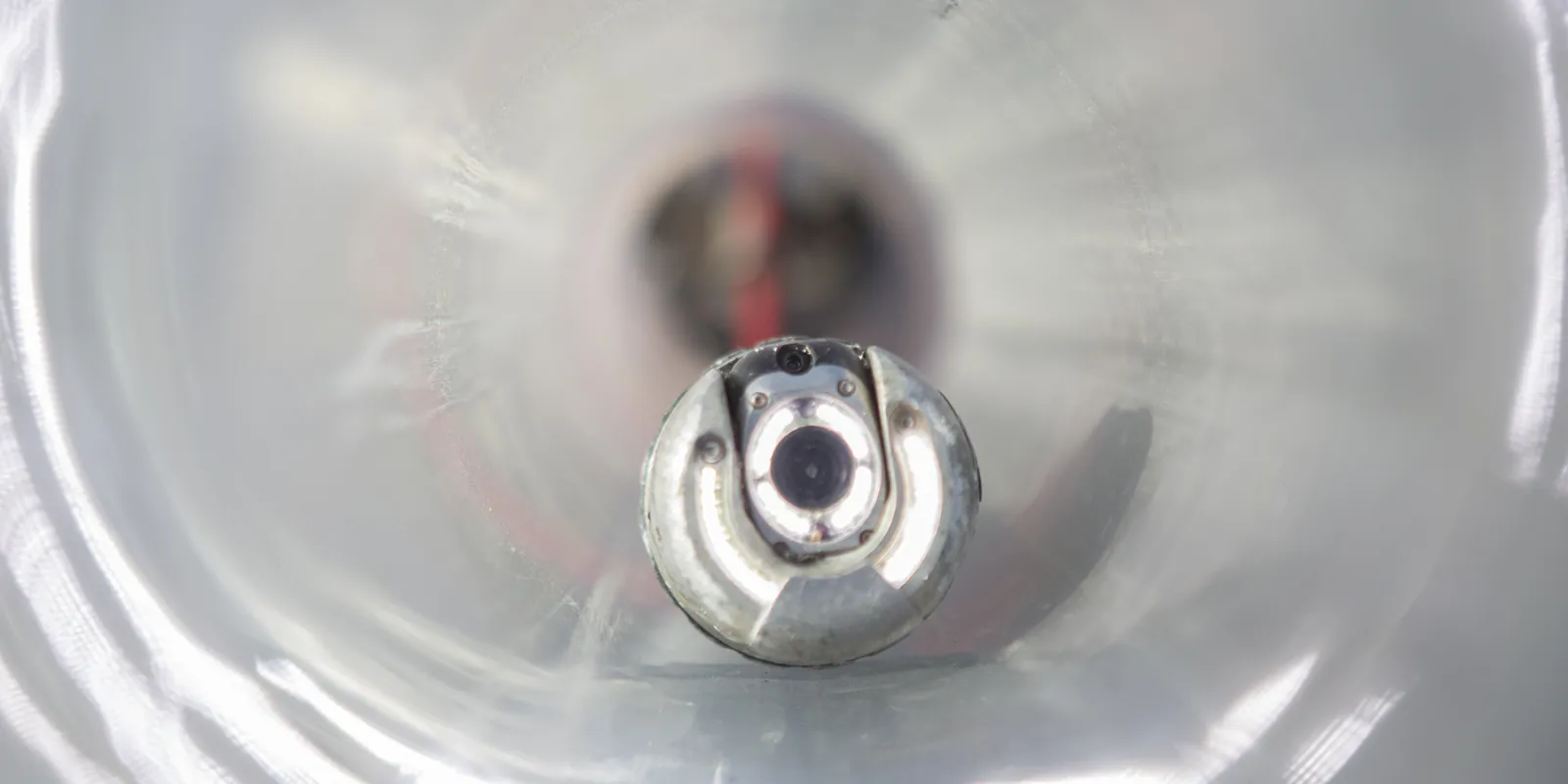

Wednesday, January 30th 2019
Everyone watched in horror as the death toll continued to rise, following the gasoline pipeline explosion in Mexico earlier this month. The explosion is believed to have been caused by static electricity from the clothing of people around the ruptured pipeline. While it has not yet been confirmed that the rupture was the direct result of thievery, Pemex reported 12,581 taps on Pemex-owned and privately-owned pipelines between January and the end of October 2018. This is an average of 41 illegal taps per day – an approximate 31% increase, over the same period in 2017.
I can’t help but consider the correlation of this event with the evolution of underground infrastructure in the United States. As our country has become more and more “connected,” trenchless technologies have unintentionally created potentially hazardous cross-bore situations with traditionally unregulated utilities.
So, what are cross-bores and how do they occur? Cross-bores are defined as "an intersection of an existing underground utility or underground structure by a second utility, resulting in direct contact between the transactions of the utilities that compromises the integrity of either utility or underground structure." They occur commonly where residential or commercial natural gas lines intersect sewer lines. This happens when the use of trenchless technologies, such as plowing, percussive moles and horizontal directional drilling does not provide visual confirmation of the location of the utilities.
Though there is no widely agreed-upon estimate of latent cross-bores in the United States, NCSL stated in November that “an extrapolation of reported cross-bores of gas lines and sewers suggests there may be hundreds of thousands of existing cross-bores in the U.S., at an estimated average rate of 0.4 per mile.”
Similar to the incident in Mexico, where extremely combustible fuel transportation lines are being illegally perforated at an alarming and even fatal rate, this estimate, paired with the reported 1.3 million miles of combined public sewer and private lateral sewers suggests over 520,000 existing perforations to this fraction of our total underground infrastructure.
While this may not seem a fair comparison to intentional, illegal taps in highly combustible fuel transportation lines, you might feel differently if you consider this hazard at your home, your child's school or local hospital. What may begin with a seemingly simple plumbing issue, without proper investigation, can lead to a fatal incident. Without proper cross-bore mitigation, including camera inspection services, efforts may be [blindly] made to attempt to rid sewer lines of debris, like tree roots, with cutting devices. If an unknown cross-bore exists and a natural gas line is damaged during this process, pressurized gas is then forced towards and into the home or building - making something as simple as flipping a wall switch a catalyst for disaster.
There are ways that you can protect yourself, your family and your community:
At Blood Hound, we do our best to educate our customers and the public about the risks of cross-bores. Our state-of-the-art camera technology inspects collapsed or blocked sewer laterals and ducts, reducing project delays and costs by pinpointing the exact issue in your line – including cross-bores. Likewise, our private utility locating and ground penetrating radar services help you prevent new cross-bores by detecting existing sewer lines on your project.
Be a part of the solution by learning about cross-bores, respecting potential cross-bores, and not creating new cross-bores.